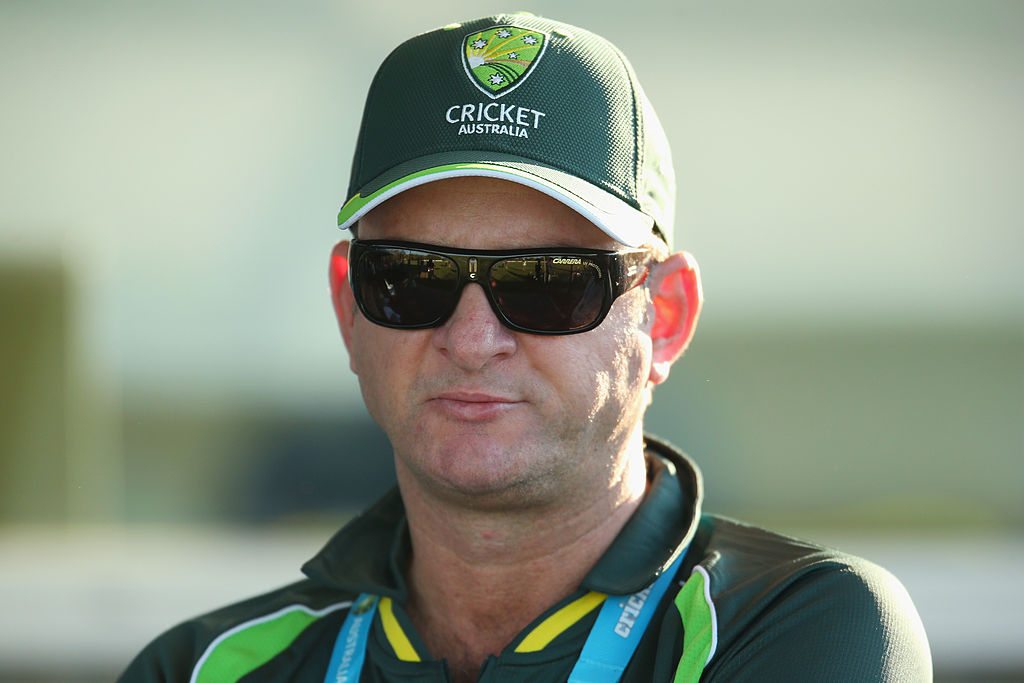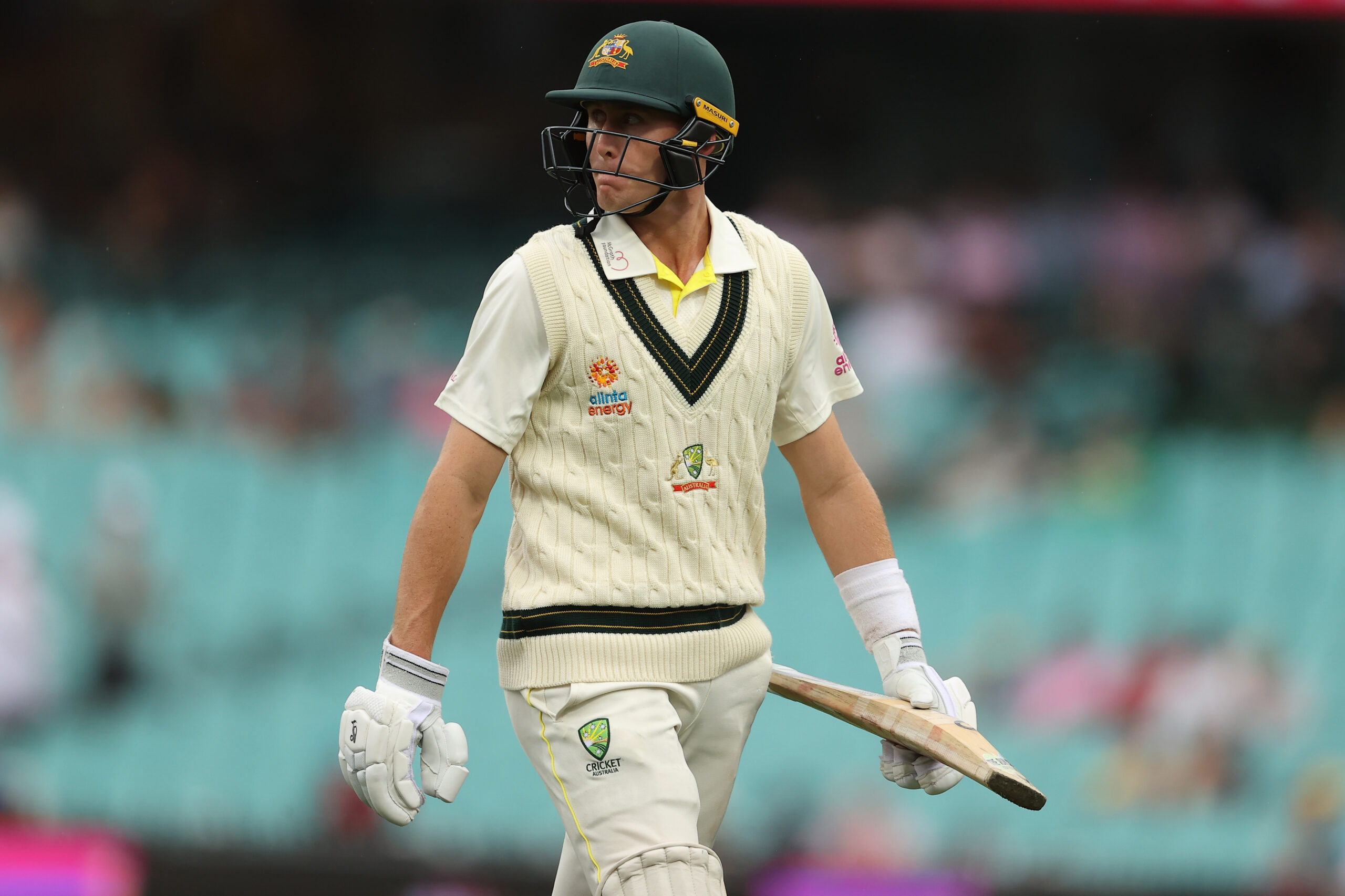The dispute around bad light and how much cricket should be being played in adverse conditions will exist for ever and a day.
There is no easy way out for the sport when weather strikes as it did yesterday at the Sydney Cricket Ground on Day 1 of the third Test between Australia and South Africa.
Between two delays - both started by bad light and continued by rain - a total of 43 overs were lost to the game as Australia moved themselves along to 2 for 147.
It was clearly quite dark in the middle of the Sydney Cricket Ground leading up to the first delay, but when umpires Chris Gaffaney and Paul Reiffel elected to take the players from the field after 43 overs of play, it didn't stop comments from former players around the fact players should have been out on the field.
Mark Waugh and Alan Border on Fox Cricket were particularly vocal, with Waugh suggesting that cricket should never stop once the floodlights are on.
“I'd like to change the rules. I'm saying once the lights are on we stay on, simple as that,” Waugh said on Fox Cricket.
“I really don't understand. If it was a pink ball, we'd be on there, if it was a red ball, ok it's not perfect, it's an outdoor sport, sometimes the light favours one side over the other.”
His argument stemmed from the fact that there were 30,000 people in attendance and they deserved better.
But do they deserve to see a batsman or fielder get clocked by a ball they can't see?
Is that what Waugh wants to see? Because it will happen.
When Marnus Labuschagne was dismissed the ball before the second delay commenced - purely based on a light meter reading which had been set as the precedent for the match earlier in the day during the first delay - it was clear things had disintegrated again.
Usman Khawaja even joked at one point that he needed a glow in the dark ball to see with South Africa's attack - led by Anrich Nortje, Kagiso Rabada and Marco Jansen - all sending down thunderbolts at over 140 km/h.
Border labelled the current light rule 'too soft' in his comments from the middle of the Sydney Cricket Ground during the delay.
“The current light rule is too soft. We come off too easily," Border said on the Fox Cricket broadcast.
“I think it's something the game has to look at much more closely.”
But Border's comments are abjectly wrong. The simple fact of the matter is that the rule is currently decided by an umpire's line of sight, not a reading on a light meter.
Meters are only used after the initial sighting by umpires that it is simply too dark.
And not just too dark for the batsmen to see - but too dark for the umpires to see, too dark for the wicketkeeper to see, and too dark for fielders to see.
Particularly with the power of modern bats, cricket is no longer just a dangerous game for batsmen, but for all 13 participants on the field, as well as the umpires.
Sure, you could bring on spin, but what happens when a batsman dances down the track and hits it straight back at the bowler and umpire, who then can't see to either take a catch or get out of the way respectively?
What happens when a pull shot is slammed flat and hard at square leg who can't see the ball either?
Floodlights may exist for the modern game, but they can only do so much to illuminate the red ball, which is difficult to see in gloomy conditions.
While the argument around pink balls being used in every Test may have a leg to stand on, Labuschagne himself said the differences in behaviour between the two balls at this stage is still far too great to consider it becoming the new normal.
Further to that, a pink ball being used would end the idea of the pink Test, with it being virtually impossible to pick up against a background of pink-wearing spectators.
But that's not the argument here.
The concern here is around comments from former greats who should know better than to constantly criticise the umpires.
Because it is constant. Whether for rain or bad light, they all seem to have a major problem whenever cricket stops to protect the safety of the players.
All of these former players were once on the field themselves, and I can bet you that Border and Waugh, who were both batsmen, never once said "oh yes, I can't really see the ball, but let's keep playing anyway."
But more than that, they set the tone of the general public sentiment.
Social media was flooded with comments yesterday that the players should have been in the middle playing.
But that is dangerous, and dangerous to the sport of cricket.
Cricket's rules may seem old-fashioned, but you can never be too safe. 150 km/h thunderbolts coming at your head are hard enough to see in broad daylight, let alone overcast conditions where vision is cut.
Border and Waugh should know that better than anybody.









